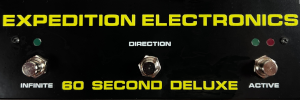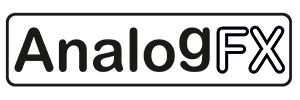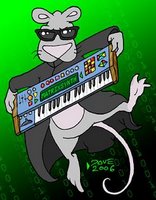Tuesday, September 20, 2016
Vintage Synth Lab - VCF 74 *First Patch*
Published on Sep 20, 2016 DivKidVideo
Watch your volume levels for this one - some glitchy sound at times.
"The VCF-74 from Vintage Synth Lab is a discrete diode filter inspired by the 1970s Mini-Korg 'Traveller'. I think it's ace! Here it is sounding thick and bulbous with my *First Patch*. The idea with the *First Patch* videos to to share a quick demo showing off the direct sound and the first few things the module makes me want to do. Full overview coming soon."
Details on the Vintage Synth Lab VCF 74 previously posted here.
New HexInverter Red Dragon - Soviet Filter Core Eurorack Module
HexInverter - Red Dragon Prototype - MVM #47
Published on Sep 20, 2016 MIDI-VERSE TV
"What's up everyone, Welcome to Midiverse - TV. Today we're at Knobcon 2016 at the HexInverter Booth checking out The Red Dragon prototype module."
Details via Hexinverter:
"The Red Dragon is a 24dB/oct 4-pole low-pass filter realised with a unique Soviet-era filter core. The curious filter structure of the Red Dragon favours character over precision; sure to impart colourful tone in your source material.
During the 1980's, a Russian electronics designer realised that one could build a musical filter using a fairly unconventional method. Unlike most other filter topologies, this method did not use capacitors to employ an RC time constant in its core filter stages. Instead, the internal properties of a programmable amplifier chip are modulated by a special "programming" input found on these devices. One of the modified properties is bandwidth of the amplifier. Changing this particular attribute over time effectively limits the frequencies that can pass through the amplifier, resulting in filtering! Because attributes other than bandwidth are also changing at the same time, this filter stage has instabilities at certain frequencies along the audible spectrum, resulting in colourful distortions and a character all of its own. The resonance's character is especially profound, resulting in bubbly and sometimes screeching sci-fi tones. The Red Dragon achieves a 24dB/oct resonant low-pass response by cascading four of these stages. What's more, you can morph between the two pole extremes (6dB and 24dB) to change the slope of the filter on the fly, either manually or through voltage control.
Rich 4-pole filtering with a control set made just for modular synthesizers
Designed from the ground up for versatility in the modular system, the Red Dragon features bipolar attenuverters on its many CV inputs
Voltage controlled resonance
Resonance is capable of self-oscillation. A resonance clipping switch can tame the resonance feedback at extreme settings, resulting in different tone
Built in VCA (with disable) after filter saves you the use of a dedicated VCA module
Signal and CV levels optimised for the contemporary eurorack modular system (+/-5V CV, 10Vpp+ audio)
Filter morphing
Morph between 6dB and 24dB filter slopes, or set it in-between. While 24dB excels at meaty bass sounds, the brighter filter slope of 6dB is sometimes desirable for signals with higher frequency content
Filter morphing is voltage controlled, and results in some interesting effects when modulated
A dual colour LED indicates filter morph position and VCA level
Core overdrive
Built-in filter core overdrive at the input stage allows you to vary your signal's level up to full saturation. No need to boost signal level before filtering for those classic overdriven sounds!
Voltage control of input drive lets you modulate the saturation of the filter over time. Useful for the "velocity" modulation needed to produce acidic basslines!"
Published on Sep 20, 2016 MIDI-VERSE TV
"What's up everyone, Welcome to Midiverse - TV. Today we're at Knobcon 2016 at the HexInverter Booth checking out The Red Dragon prototype module."
Details via Hexinverter:
"The Red Dragon is a 24dB/oct 4-pole low-pass filter realised with a unique Soviet-era filter core. The curious filter structure of the Red Dragon favours character over precision; sure to impart colourful tone in your source material.
During the 1980's, a Russian electronics designer realised that one could build a musical filter using a fairly unconventional method. Unlike most other filter topologies, this method did not use capacitors to employ an RC time constant in its core filter stages. Instead, the internal properties of a programmable amplifier chip are modulated by a special "programming" input found on these devices. One of the modified properties is bandwidth of the amplifier. Changing this particular attribute over time effectively limits the frequencies that can pass through the amplifier, resulting in filtering! Because attributes other than bandwidth are also changing at the same time, this filter stage has instabilities at certain frequencies along the audible spectrum, resulting in colourful distortions and a character all of its own. The resonance's character is especially profound, resulting in bubbly and sometimes screeching sci-fi tones. The Red Dragon achieves a 24dB/oct resonant low-pass response by cascading four of these stages. What's more, you can morph between the two pole extremes (6dB and 24dB) to change the slope of the filter on the fly, either manually or through voltage control.
Rich 4-pole filtering with a control set made just for modular synthesizers
Designed from the ground up for versatility in the modular system, the Red Dragon features bipolar attenuverters on its many CV inputs
Voltage controlled resonance
Resonance is capable of self-oscillation. A resonance clipping switch can tame the resonance feedback at extreme settings, resulting in different tone
Built in VCA (with disable) after filter saves you the use of a dedicated VCA module
Signal and CV levels optimised for the contemporary eurorack modular system (+/-5V CV, 10Vpp+ audio)
Filter morphing
Morph between 6dB and 24dB filter slopes, or set it in-between. While 24dB excels at meaty bass sounds, the brighter filter slope of 6dB is sometimes desirable for signals with higher frequency content
Filter morphing is voltage controlled, and results in some interesting effects when modulated
A dual colour LED indicates filter morph position and VCA level
Core overdrive
Built-in filter core overdrive at the input stage allows you to vary your signal's level up to full saturation. No need to boost signal level before filtering for those classic overdriven sounds!
Voltage control of input drive lets you modulate the saturation of the filter over time. Useful for the "velocity" modulation needed to produce acidic basslines!"
Tasty Chips Electronics "Saw Bench" boutique analog monosynth
Note: links to listings are affiliate links for which the site may be compensated.
via this auction
 "This auction is for a Tasty Chips Electronics "Saw Bench" boutique analog monosynth in full working order and excellent physical condition.
"This auction is for a Tasty Chips Electronics "Saw Bench" boutique analog monosynth in full working order and excellent physical condition.
This is the pre-built version purchased directly from the manufacturer. Power supply is included.
A highly portable and affordable monosynth, with a 100% analog signal path.
Features:
• Small and portable, yet very ergonomic. Focus on hands-on controls with good grouping and spacing.
• A four-pole diode ladder VCF, with high resonance
• Separate ADSR envelopes for VCA and VCF
• LFO with 3 waveforms, plus a Sample & Hold, for VCF
• Frequency Modulation for deep growling bass sounds
• Manual controls such for Env and LFO enable, waveform selection, ADSR mode / LFO switching
• MIDI controls of all digital features (envelopes, VCF cutoff, LFO, etc)
• Legato, glide, looping ADSR (MIDI)
• Sturdy metal casing."
via this auction
 "This auction is for a Tasty Chips Electronics "Saw Bench" boutique analog monosynth in full working order and excellent physical condition.
"This auction is for a Tasty Chips Electronics "Saw Bench" boutique analog monosynth in full working order and excellent physical condition. This is the pre-built version purchased directly from the manufacturer. Power supply is included.
A highly portable and affordable monosynth, with a 100% analog signal path.
Features:
• Small and portable, yet very ergonomic. Focus on hands-on controls with good grouping and spacing.
• A four-pole diode ladder VCF, with high resonance
• Separate ADSR envelopes for VCA and VCF
• LFO with 3 waveforms, plus a Sample & Hold, for VCF
• Frequency Modulation for deep growling bass sounds
• Manual controls such for Env and LFO enable, waveform selection, ADSR mode / LFO switching
• MIDI controls of all digital features (envelopes, VCF cutoff, LFO, etc)
• Legato, glide, looping ADSR (MIDI)
• Sturdy metal casing."
Dhalang Microtonal Groove Box
Published on Sep 19, 2016 pantsofdeath
Spotted this one on discchord.
iTunes: Dhalang MG - Joel Kivela
 "Dhalang Microtonal Groovebox is a standalone music software for easy and accessible use of alternative tuning systems in electronic music composition, production and performance. Dhalang offers internal synthesizers and samplers with multitrack mixing and effecting possibilities that can be controlled with internal sequencers, touch screen or standard MIDI input. In addition to it’s traditional multitrack piano roll editing and sequencing, Dhalang also features several generative and algorithmic methods for more experimental sequencing of ((micro)tonal) music.
"Dhalang Microtonal Groovebox is a standalone music software for easy and accessible use of alternative tuning systems in electronic music composition, production and performance. Dhalang offers internal synthesizers and samplers with multitrack mixing and effecting possibilities that can be controlled with internal sequencers, touch screen or standard MIDI input. In addition to it’s traditional multitrack piano roll editing and sequencing, Dhalang also features several generative and algorithmic methods for more experimental sequencing of ((micro)tonal) music. Features in (very) short:
- Various preset tuning systems and scales with a custom tuning editor.
- Analog-style, physically modelled, additive and FM method monophonic and polyphonic synths,
- Audio sample player with mini granulizer and audio data auto-segmentation.
- Piano roll and control automation sequencers.
- Algorithmic/generative sequencers: vector, matrix and particle.
- Mixer with four stereo buses and many sound effects.
- Offline rendering to stereo file, MIDI import and export.
- Dropbox file transfer interface.
- Realtime MIDI input and output.
- Virtual MIDI as background audio app.
- Network synchronisation of various cross-platform Dhalang instances.
- Many UI colour themes and support for various languages.
Supported devices:
iPad mini 2, iPad mini 3, iPad mini 4, iPad Air, iPad Air 2 and iPad Pro.
Recommended devices:
iPad Air, iPad Air 2 and iPad Pro."
RemixIT: Man, Machine, and Sound featuring DJ Tim Exile
Published on Sep 18, 2016 IBM
"Create your own custom beat now: www.ibm.com/remixIT
DJ Tim Exile takes hundreds of raw sounds from the world’s most innovative IT infrastructure and transforms them with this original composition. You’ve never heard your data center like this before."
via @boe_dye
First Units of the Vermona 14
via @vermonagear
"First units of the #vermona #14 #analogsynthesizer are being manufactured."
"The manual for the #14 #analogsynthesizer also is getting ready for print soon."
SoundScaper v 1.8 Released
SoundScaper - Morphing scenes and filters
Published on Sep 20, 2016 Igor Vasiliev
iTunes: SoundScaper - An experimental sound mini lab
"SoundScaper is an experimental sound mini lab for creating unusual soundscapes, atmospheric textures, drones, glitches and noises based on circuit bending principles."
"What's New in Version 1.8
Completely redesigned "Morphing scene" feature that is the new instrument as a part of SoundScaper specially designed for live improvisation with existing scenes.
● New control pad of oscillators in the morphing interface.
● Possibility to change oscillators parameters during the morphing.
● Automatic output level control during the morphing.
● Automatic return to zero option for parameters in morphing.
● New MIDI controls for the morphing options.
● Added very creative feature of feedback.
● Improved morphing modes.
● Two range of rate for main LFOs.
● Added option of drift for main LFOs.
● Added new presets for oscillators.
● Updated description of the application.
● Description available as PDF on application site.
● Several minor bugs have been fixed."
Published on Sep 20, 2016 Igor Vasiliev
iTunes: SoundScaper - An experimental sound mini lab
"SoundScaper is an experimental sound mini lab for creating unusual soundscapes, atmospheric textures, drones, glitches and noises based on circuit bending principles."
"What's New in Version 1.8
Completely redesigned "Morphing scene" feature that is the new instrument as a part of SoundScaper specially designed for live improvisation with existing scenes.
● New control pad of oscillators in the morphing interface.
● Possibility to change oscillators parameters during the morphing.
● Automatic output level control during the morphing.
● Automatic return to zero option for parameters in morphing.
● New MIDI controls for the morphing options.
● Added very creative feature of feedback.
● Improved morphing modes.
● Two range of rate for main LFOs.
● Added option of drift for main LFOs.
● Added new presets for oscillators.
● Updated description of the application.
● Description available as PDF on application site.
● Several minor bugs have been fixed."
Somber Spectral Processor Growling - Buchla 200e
Published on Sep 20, 2016 djangosfire
"Just a quick patch in honor of Don Buchla. Using the machine, the electronic instrument, designed and created by Mr. Buchla. The patch is focused and built around the 296e Spectral Processor. Almost seems to speak - the output is fed back into itself . . . which leads to interesting, evolving 'vocal-esque' sounds.
Thank you Don Buchla, for providing the devices that have inspired so many musicians and sound explorers.
- Djangosfire"
Frank Eventoff Sonica Limited Edition Synthesizer #77
Note: links to listings are affiliate links for which the site may be compensated.
via this auction
 "You are bidding on an extremely rare Sonica synthesizer built by Frank Eventoff in 1979. Only 650 of these were ever made. Very few are now known to exist. The body is carved of mahogany with brass plates and has a plaque with the number (#77). It comes with the original custom-sized case. Speaker cloth is torn but the speaker works fine and is all original. Picture shows fading, scratches and a crack on the bottom. Other than cosmetic, everything works fine.
"You are bidding on an extremely rare Sonica synthesizer built by Frank Eventoff in 1979. Only 650 of these were ever made. Very few are now known to exist. The body is carved of mahogany with brass plates and has a plaque with the number (#77). It comes with the original custom-sized case. Speaker cloth is torn but the speaker works fine and is all original. Picture shows fading, scratches and a crack on the bottom. Other than cosmetic, everything works fine.
It also features three buttons. Analog “Slider” which is a tremolo type effect, Analog “Tone” which is actually a tonal boost, and “Half-Step” which raises the note an octave. It features a built-in speaker, with an 1/8 inch output to connect to an amplifier or recording device. It runs on one 9-volt battery which is installed by accessing a plate on the backside of the device."
See the Sonica label at the bottom of this post for previous posts, and to get an idea of how often they have come up in the past.
via this auction
 "You are bidding on an extremely rare Sonica synthesizer built by Frank Eventoff in 1979. Only 650 of these were ever made. Very few are now known to exist. The body is carved of mahogany with brass plates and has a plaque with the number (#77). It comes with the original custom-sized case. Speaker cloth is torn but the speaker works fine and is all original. Picture shows fading, scratches and a crack on the bottom. Other than cosmetic, everything works fine.
"You are bidding on an extremely rare Sonica synthesizer built by Frank Eventoff in 1979. Only 650 of these were ever made. Very few are now known to exist. The body is carved of mahogany with brass plates and has a plaque with the number (#77). It comes with the original custom-sized case. Speaker cloth is torn but the speaker works fine and is all original. Picture shows fading, scratches and a crack on the bottom. Other than cosmetic, everything works fine. It also features three buttons. Analog “Slider” which is a tremolo type effect, Analog “Tone” which is actually a tonal boost, and “Half-Step” which raises the note an octave. It features a built-in speaker, with an 1/8 inch output to connect to an amplifier or recording device. It runs on one 9-volt battery which is installed by accessing a plate on the backside of the device."
See the Sonica label at the bottom of this post for previous posts, and to get an idea of how often they have come up in the past.
PREVIOUS PAGE
NEXT PAGE
HOME
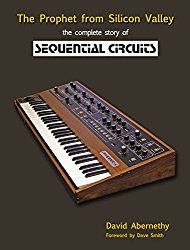
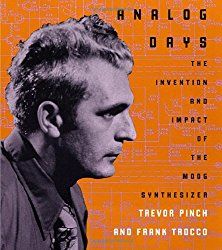
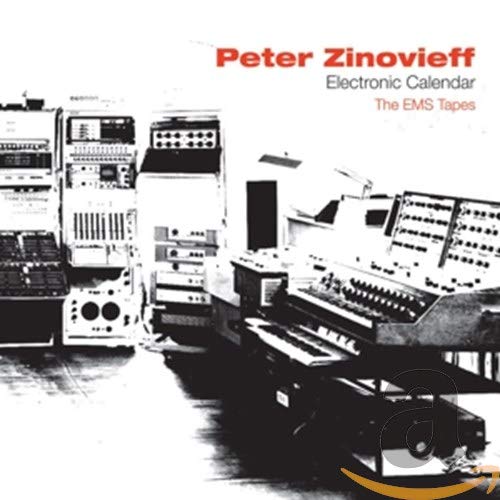
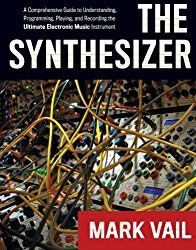

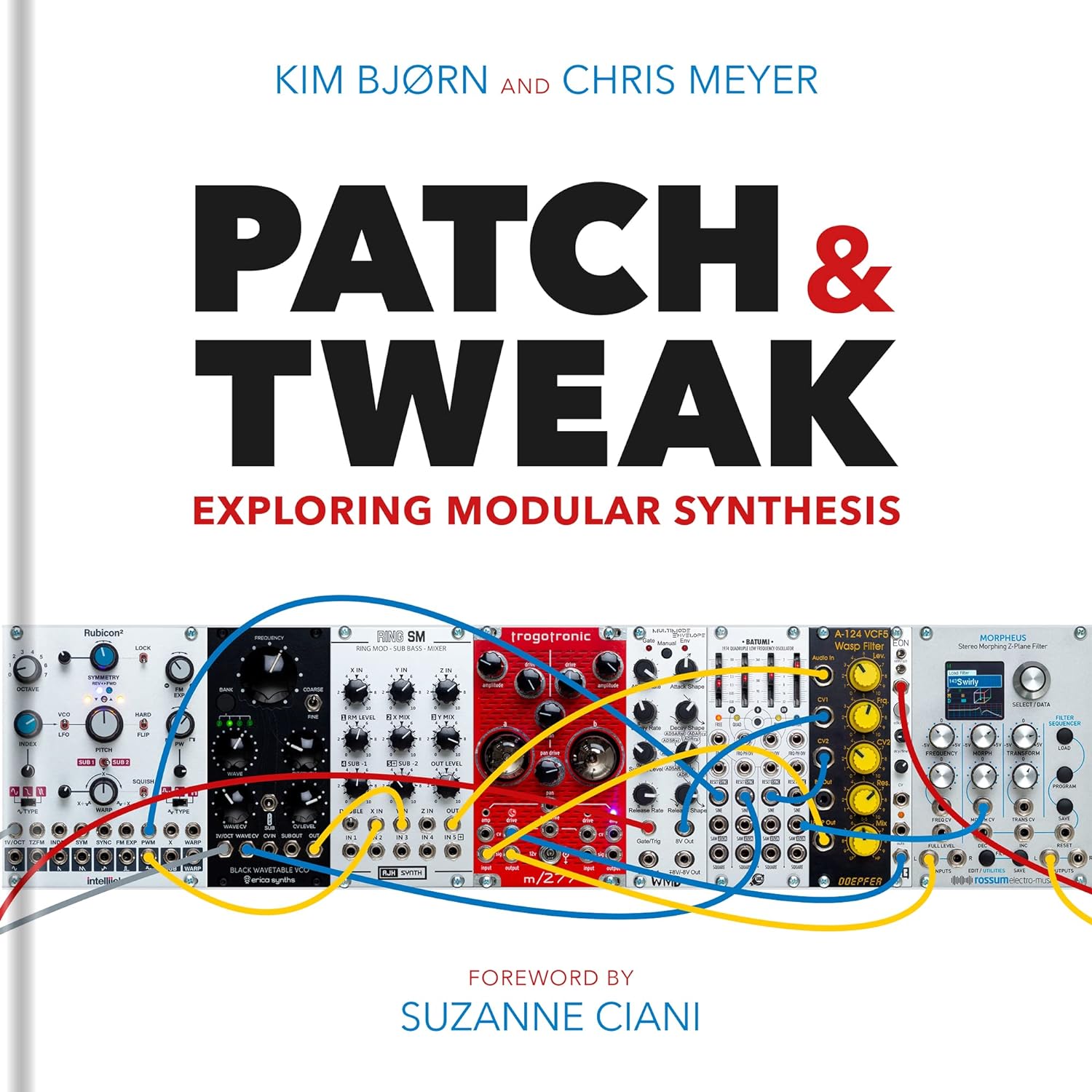
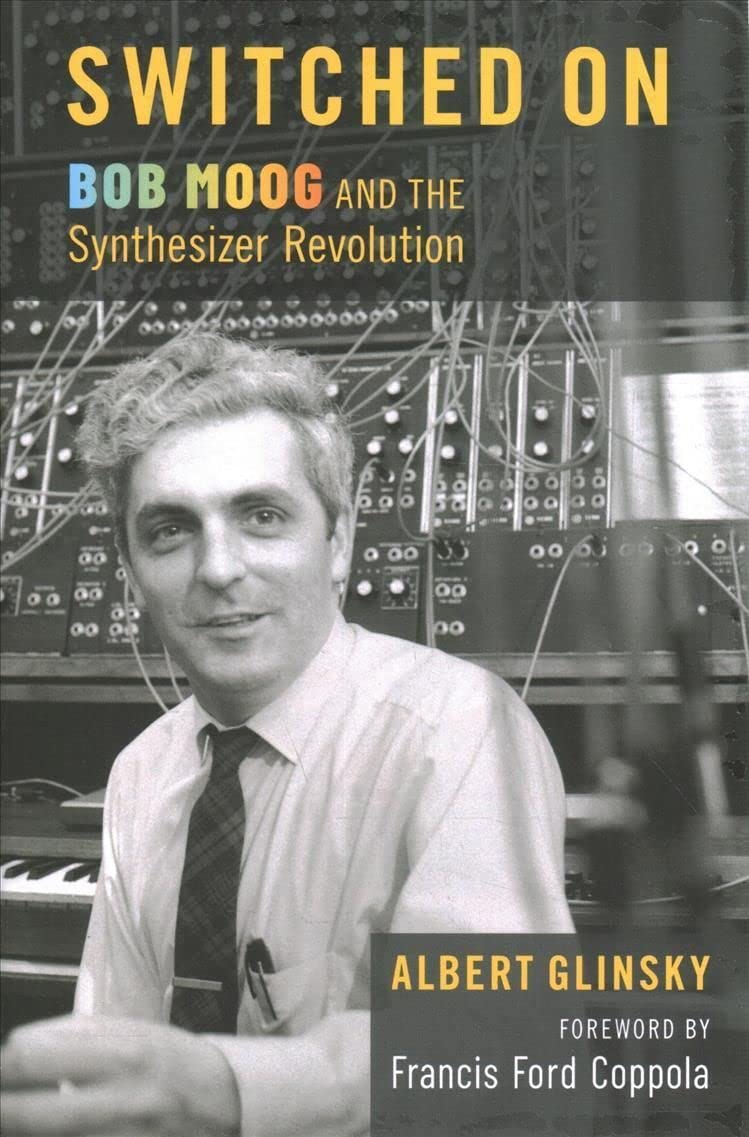
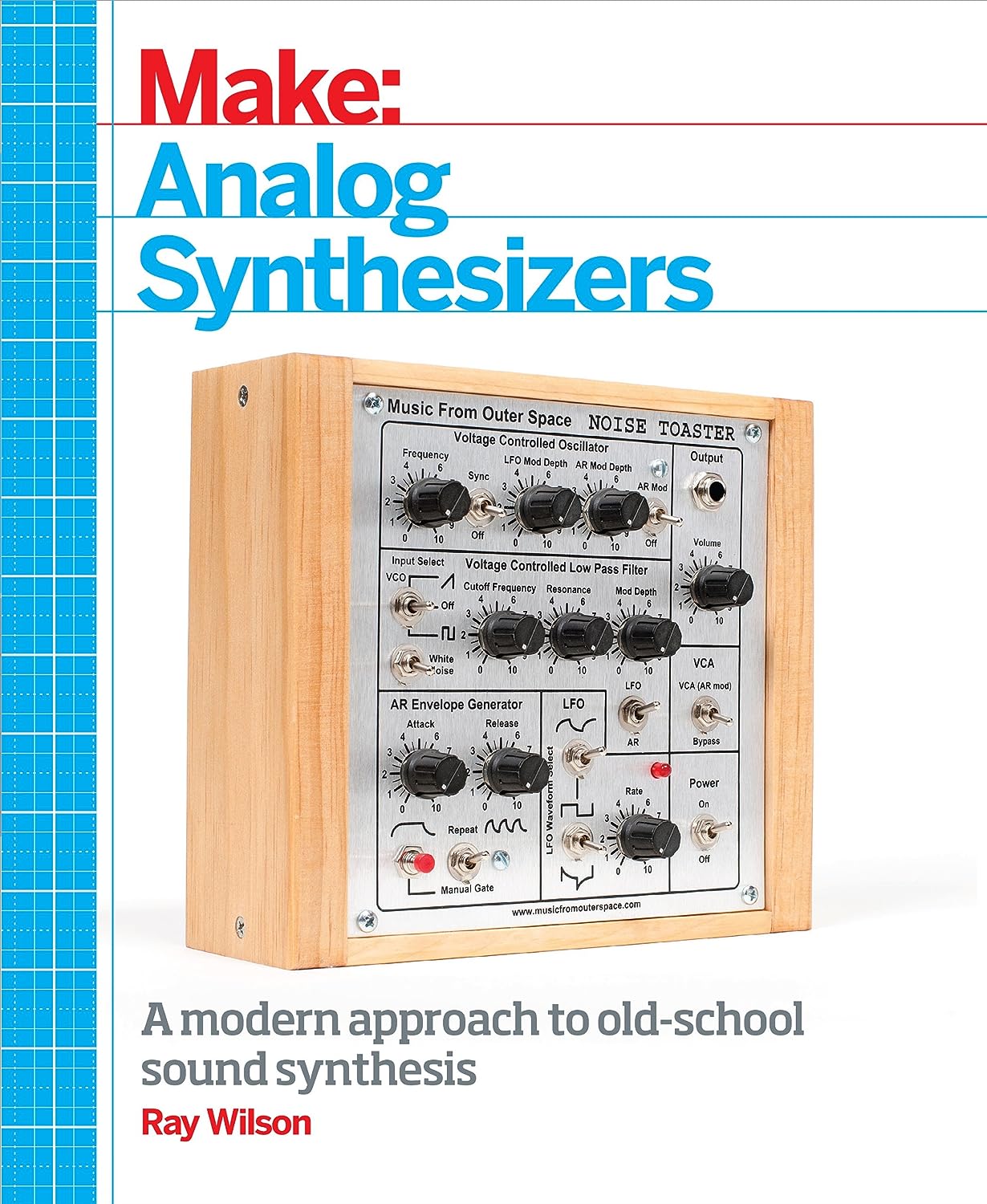
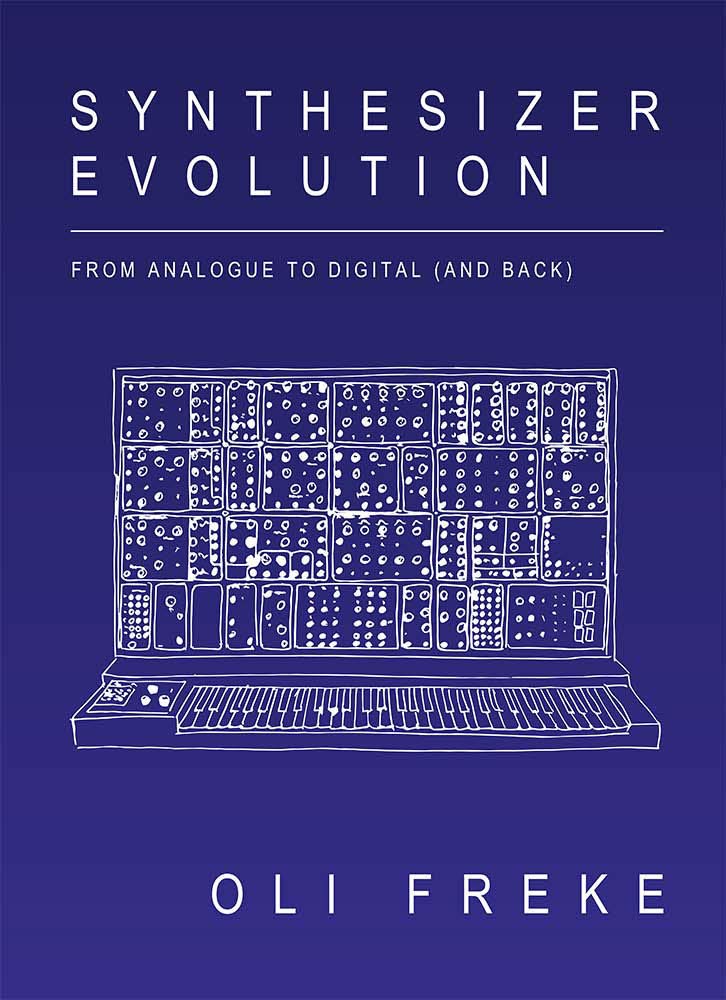

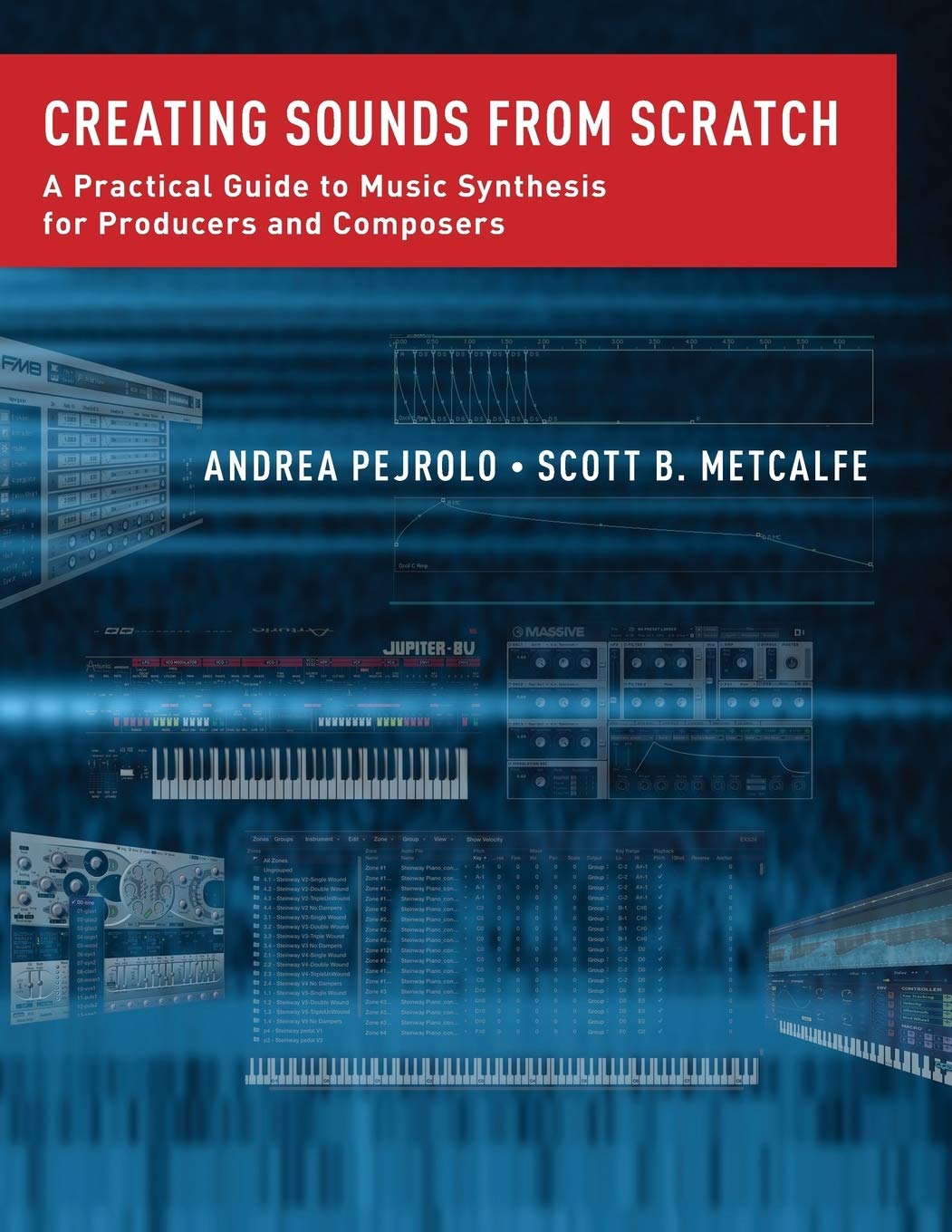


© Matrixsynth - All posts are presented here for informative, historical and educative purposes as applicable within fair use.
MATRIXSYNTH is supported by affiliate links that use cookies to track clickthroughs and sales. See the privacy policy for details.
MATRIXSYNTH - EVERYTHING SYNTH













© Matrixsynth - All posts are presented here for informative, historical and educative purposes as applicable within fair use.
MATRIXSYNTH is supported by affiliate links that use cookies to track clickthroughs and sales. See the privacy policy for details.
MATRIXSYNTH - EVERYTHING SYNTH






















